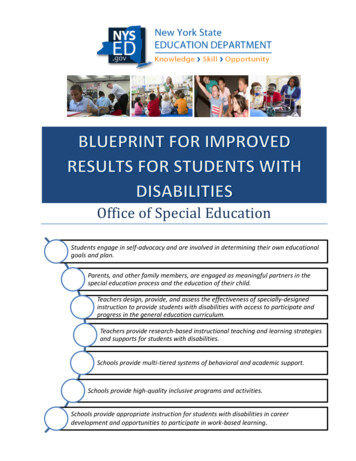
Transcription
Office of Special EducationStudents engage in self-advocacy and are involved in determining their own educationalgoals and plan.Parents, and other family members, are engaged as meaningful partners in thespecial education process and the education of their child.Teachers design, provide, and assess the effectiveness of specially-designedinstruction to provide students with disabilities with access to participate andprogress in the general education curriculum.Teachers provide research-based instructional teaching and learning strategiesand supports for students with disabilities.Schools provide multi-tiered systems of behavioral and academic support.Schools provide high-quality inclusive programs and activities.Schools provide appropriate instruction for students with disabilities in careerdevelopment and opportunities to participate in work-based learning.
THE UNIVERSITY OF THE STATE OF NEW YORKRegents of The UniversityMERRYL H. TISCH, Chancellor, B.A., M.A., Ed.D. .ANTHONY S. BOTTAR, Vice Chancellor, B.A., J.D. .JAMES R. TALLON, JR., B.A., M.A. .ROGER TILLES, B.A., J.D. .CHARLES R. BENDIT, B.A. .BETTY A. ROSA, B.A., M.S. in Ed., M.S. in Ed., M.Ed., Ed.D. .LESTER W. YOUNG, JR., B.S., M.S., Ed.D. . .CHRISTINE D. CEA, B.A., M.A., Ph.D. . .WADE S. NORWOOD, B.A. .KATHLEEN M. CASHIN, B.S., M.S., Ed.D. .JAMES E. COTTRELL, B.S., M.D. .T. ANDREW BROWN, B.A., J.D. .JOSEPHINE VICTORIA FINN, B.A., J.D. .JUDITH CHIN, M.S. in Ed. .BEVERLY L. OUDERKIRK, B.S. in Ed., M.S. in Ed. .CATHERINE COLLINS, R.N., N.P., B.S., M.S. in Ed., Ed.D. .JUDITH JOHNSON, B.A., M.A., C.A.S. . .New YorkSyracuseBinghamtonGreat NeckManhattanBronxBeechhurstStaten IslandRochesterBrooklynNew YorkRochesterMonticelloLittle NeckMorristownBuffaloNew HempsteadCommissioner of Education and President of The UniversityMARYELLEN ELIASenior Deputy Commissioner for Education PolicyJHONE EBERTThe State Education Department does not discriminate on the basis of age, color, religion, creed, disability, marital status,veteran status, national origin, race, gender, genetic predisposition or carrier status, or sexual orientation in its educationalprograms, services and activities. Portions of this publication can be made available in a variety of formats, includingbraille, large print or audio tape, upon request. Inquiries concerning this policy of nondiscrimination should be directed tothe Department’s Office for Diversity and Access, Room 530, Education Building, Albany, NY 12234.
BLUEPRINT FOR IMPROVED RESULTS FOR STUDENTS WITH DISABILITIESThe mission of the New York State Education Department (NYSED), Office of SpecialEducation, – supported by all offices within NYSED – is to ensure that students withdisabilities have opportunities to benefit from high-quality instruction, to reach the samestandards as all students, and to leave school prepared to successfully transition to postschool learning, living and working. Through this process, there are essential andfundamental procedural rights and protections afforded by federal and State law both toparents and students with disabilities.The following principles were selected, in consultation with stakeholders, as a statewideframework of expectations to lay the foundation for improved instruction and results forstudents with disabilities. References to students with disabilities within this documentincludes preschool students with disabilities and school-age students with any of the 13disability categories of autism, blindness, deafness, deaf-blindness, emotional disabilities,hearing impairment, intellectual disability, orthopedic impairments, multiple disabilities,health impairments, speech and language impairment, traumatic brain injury and visualimpairment.While there are many other components or key principles that are important in the educationof students with disabilities, this Blueprint focuses on seven research and evidence-basedcore principles and practices for all students with disabilities. Improving results for studentswith disabilities requires a renewed focus on these core principles. Underlying theseprinciples are the following essential understandings. Communities, boards of education, district and school leaders must provide systemicsupports and professional development for teachers to meet the needs of studentswith disabilities, including appropriate identification and ensuring classrooms havenecessary supports, rigorous and relevant learning environments and classroom andschool-wide approaches are created to maintain a positive climate.School principals and special education administrators are fundamental in their rolesas instructional leaders for students with disabilities.All teachers are teachers of students with disabilities and every teacher needs to beskilled in how to support and provide differentiated and specially-designed instructionto students with disabilities.Students with disabilities must be held to high expectations and given the appropriatesupports and services to meet those high expectations.Students and parents of students with disabilities need information and support to bemeaningfully involved in the special education process.Students with disabilities should participate, to the maximum extent possible, inmaking recommendations for supports and services needed for their academicsuccess and to meet their post-secondary transition goals.1
Blueprint for Improved Results for Students with DisabilitiesGuiding PrinciplesThe following principles will be used by the State to review policy, technicalassistance and other improvement activities. School districts and schools areencouraged to use these principles to review practice and to identify and act on areaswhere improvement is needed.STUDENTSENGAGE IN SELF-ADVOCACY AND ARE INVOLVED IN DETERMINING THEIROWN EDUCATIONAL GOALS AND PLANS.This is evident when: Students participate in individualized education program (IEP) meetings. Students create and monitor their progress towards academic and social goals. Students engage in career planning and selection of courses of study to prepare them forpost-secondary living, working and learning.PARENTS, AND OTHER FAMILY MEMBERS, ARE ENGAGED AS MEANINGFUL PARTNERSIN THE SPECIAL EDUCATION PROCESS AND THE EDUCATION OF THEIR CHILD.This is evident when: Parents report that they understand the special education process and their due processrights and actively participate in the development of their child’s IEP. Parents understand what their child is expected to know and be able to do to progresstoward the State learning standards. Parents and educators engage in frequent, respectful and open discussion of theeducational needs of the student. Families are invited into and feel welcome in all school environments. Parents have the information they need about effective strategies to support their child’slearning and support transition from school to post-school activities.TEACHERSDESIGN, PROVIDE AND ASSESS THE EFFECTIVENESS OF SPECIALLYDESIGNED INSTRUCTION TO PROVIDE ACCESS FOR STUDENTS WITH DISABILITIES TOPARTICIPATE AND PROGRESS IN THE GENERAL EDUCATION CURRICULUM.This is evident when: All teachers are responsive to the pedagogical needs of students with disabilities. All students receive instruction in curriculum aligned with the State’s Learning Standards. IEPs are developed in consideration of grade level standards. IEPs are implemented and reviewed by educators, families and students to ensure thatstudents are meeting their annual goals. Special and general education teachers of students with disabilities engage in intentionalcollaborative lesson planning to meet the needs of each individual student with a disability. Individual student data are used to inform and design instruction for students withdisabilities to progress toward grade level standards. Students with disabilities receive instructional materials in alternative formats at the sametime as other students in the class receive their instructional materials.2
TEACHERSPROVIDE RESEARCH-BASED INSTRUCTIONAL TEACHING AND LEARNINGSTRATEGIES AND SUPPORTS FOR STUDENTS WITH DISABILITIES.This is evident when: All teachers develop lessons that allow multiple entry points and multiple modes ofengagement for students with diverse needs. All teachers are knowledgeable and skilled in providing explicit instruction in academics andsocial-emotional learning. Students with disabilities are taught strategies for self-regulated learning across the contentareas. All teachers continually assess students’ understanding of lessons to improve and targetinstruction to student needs. Students’ individualized needs for assistive technology devices and services are consideredand accommodated.SCHOOLSSUPPORT.PROVIDE MULTI-TIERED SYSTEMS OF BEHAVIORAL AND ACADEMICThis is evident when: Educators collect and analyze student outcome data to plan, organize, deliver and evaluatethe effectiveness of school-wide programs and instruction for all students. Educators disaggregate and analyze outcomes for students with disabilities to improveschool-wide programs and interventions. Educators collect and analyze data to identify individual students in need of additionalsupport. Evidence-based interventions are provided in a timely manner to students needing moresupport. Progress monitoring data are collected and inform decisions about the effectiveness and/orneed for modification to those interventions.SCHOOLS PROVIDE HIGH-QUALITY INCLUSIVE PROGRAMS AND ACTIVITIES.This is evident when: Educators use the full continuum of services to ensure that students with disabilities areeducated in the least restrictive environment. The needs of the students are the primary consideration in the configuration of specialeducation programs and services to be provided to students with disabilities. District/school leaders allocate human and financial resources to support scheduling andplanning time to ensure all students receive rigorous and appropriate instruction throughoutthe continuum of special education programs and services. Students with disabilities in inclusive settings are provided the accommodations and explicitand specially-designed instruction needed to progress in the curriculum.3
SCHOOLS PROVIDE APPROPRIATE INSTRUCTION FOR STUDENTS WITH DISABILITIES INCAREER DEVELOPMENT AND OPPORTUNITIES TO PARTICIPATE IN WORK-BASEDLEARNING.This is evident when: Students are provided age-appropriate transition assessments, guidance, courses ofstudy and work-based learning opportunities to meaningfully engage in early andongoing career planning and exploration. Students with disabilities and their families are provided early and clear information ongraduation requirements. Students with disabilities receive instruction toward the Career Development andOccupational Studies Learning Standards beginning in the early grades. Students are provided instruction to develop lifelong learning skills such as selfadvocacy, social-emotional skills, higher order thinking, employability skills andconsumer and life skills. Students and their families actively participate in the transition planning process. Schools facilitate timely student and family connections to post-secondary supports andservices through ACCES-VR and other State agency programs and services.4
The mission of the New York State Education Department (NYSED), Office of Special Education, - supported by all offices within NYSED - is to ensure that students with disabilities have opportunities to benefit from high-quality instruction, to reach the same
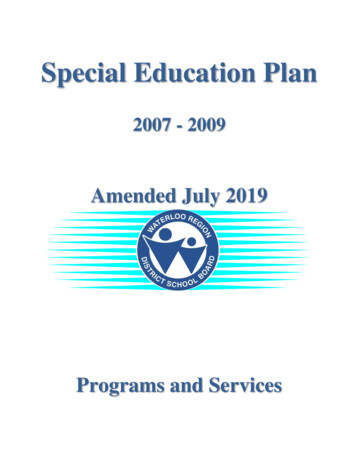
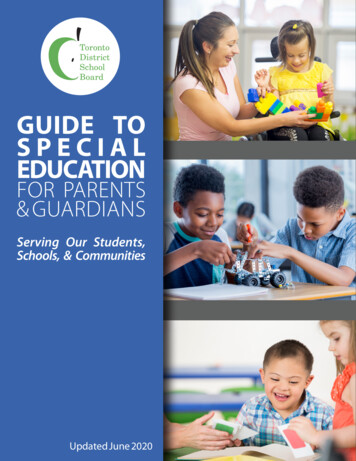
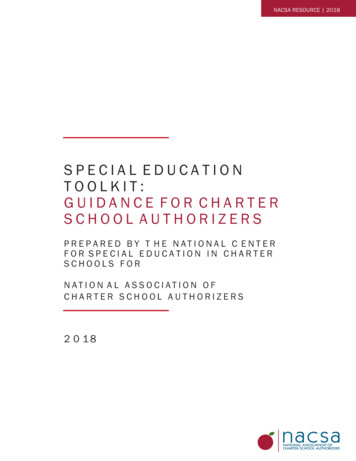
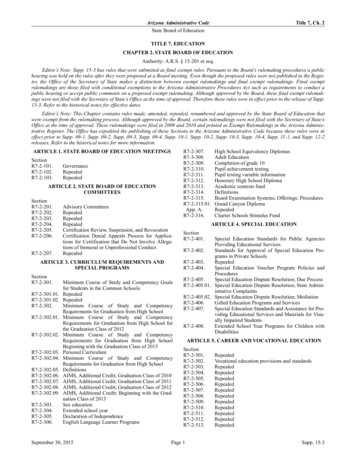
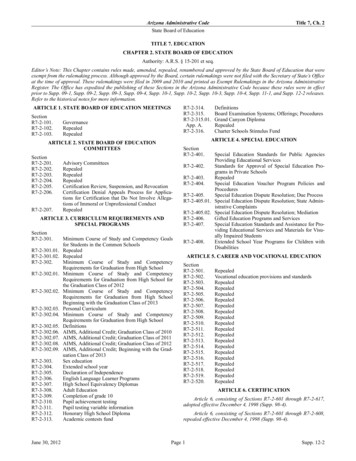
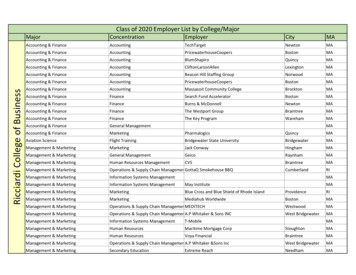
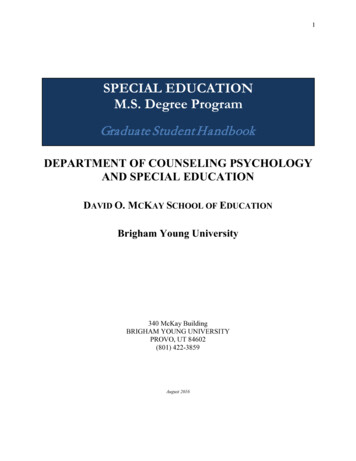



![Office 2010 Professional Plus Com Ativador Serial Keyl [EXCLUSIVE]](/img/61/office-2010-professional-plus-com-ativador-serial-keyl-exclusive.jpg)
